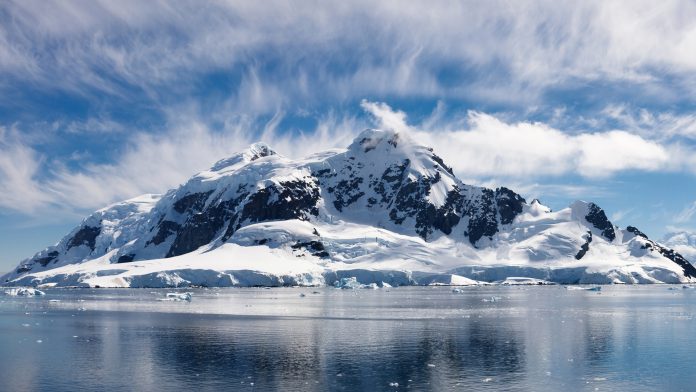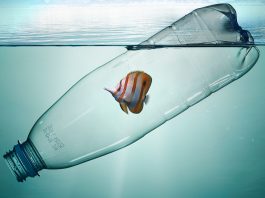Researchers from the University of Basel and the Alfred-Wegener Institute have revealed that it takes precise analysis to answer the question of where microplastics originate.
Microplastics can be found everywhere, even in the most remote regions such as Antartica. They have become an environmental problem given that organisms ingest these tiny particles and can be harmed by them as a result.
In order to quantify this form of pollution, and to locate where the small particles originate, a research team from the Department of Environmental Sciences at the University of Basel and the Alfred-Wegener Institute (AWI) at the Helmholtz Centre for Polar and Marine research have analysed the water from the Weddell Sea, a region with minimal human activity.
“This is the first time a study of this scope has been conducted in Antarctica,” says Clara Leistenschneider, a doctoral candidate in the Department of Environmental Sciences at the University of Basel.
In 2018 and 2019, in the research vessel Polastern, the researchers took a total of 34 surface water samples and 79 subsurface water samples. They then filtered approximately eight million litres of seawater, discovering microplastics in it, despite in very small quantities.
The researchers have since published their results in the journal Environmental Sciences and Technology. Previous studies of microplastics in Antarctica were conducted in regions with more research stations, shipping traffic and people.
The research team led by Professor Patricia Holm (University of Basel) and Dr. Gunnar Gerdts (AWI) thus hypothesised that the remote Weddell Sea would have substantially lower concentrations of microplastics. However, their measurements revealed that concentrations are only partially lower than in other regions of Antarctica.
Paint and varnish as the main source of microplastics in Antarctica
Establishing that microplastics are present in a given region is essential, yet further research is required in order to know what plastics are the main source. “It is important to know which plastics appear in order to identify their possible origin and in the best case to reduce microplastic emissions from these sources,” explained Leistenschneider.
The researchers first analysed the plastic composition of the particles filtered out of the seawater. They discovered that 47% of the particles identifiable as microplastics were made of plastics used as a binding agent in marine paint. That indicates that marine paint and therefore shipping traffic are presumably a contributor of microplastics in the Southern Ocean.
Other microplastic particles were also identified such as polyethylene, polypropylene and polyamides. These are commonly utilised in packaging materials and fishing nets. Leistenschneider has concerns that although it is possible to determine the different plastics used, the exact origin or previous application of the microplastic fragments is not yet known.
Researchers’ additional analysis uncovers new discoveries
Within the researcher’s study, more than half of all sample fragments of the microplastics in Antarctica had visual characteristics similar to the ship paint on the research vessel Polarstern on which the team was traveling. At the Centre for Marine Environmental Sciences (Marum) at the University of Bremen, the researchers analysed these fragments in more detail by means of X-ray fluorescence (XRF) to identify pigments and fillers present.
As a commonly used method, Fourier transform infrared microscopy (FT-IR), it did not identify these substances. Combined with binding agents, they are an important component of paint and are analysed in forensics, along with their plastic content, to identify, for example, cars in hit-and-run accidents. The remanence of paint slivers left at the accident site are the equivalent of locating fingerprints at a crime scene.
The analysis in Bremen indicated that 89% of the 101 microplastic particles studied in detail did indeed originate from the Polarstern vessel, while the remaining 11% came from other sources. There are multiple comparative methods that must be utilised to determine the origin of paint particles. However, this is the only way to accurately distinguish paint fragments found in the environment from contamination due to the research vessel.
Previous microplastics studies have often excluded particles similar to the paint from their own research vessels (based on the composition of binding agents and/or visual characteristics) as contamination without conducting further analysis. However, their studies revealed the true impact that these vessels and their paint shed can have on an environment.
Shipping traffic in the Southern Ocean has been increasing for some years, primarily as a result of increased tourism and fishing, but also due to research expeditions such as this. “Developing alternative marine paint that is more durable and environmentally friendly would make it possible to reduce this source of microplastics and the harmful substances they contain,” Leistenschneider summarised.





